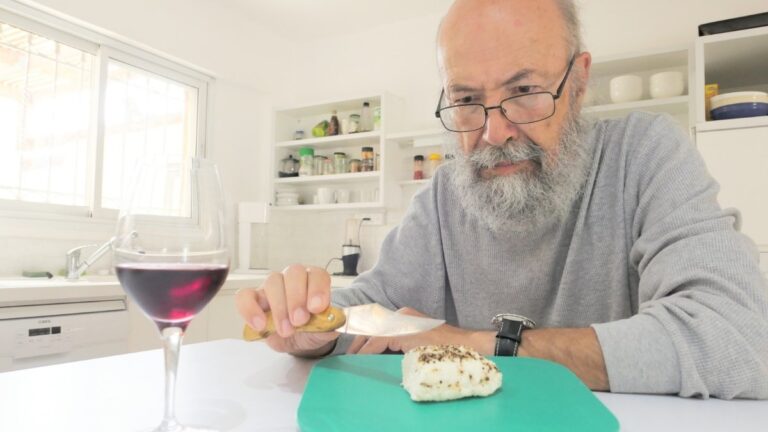15 Microplastic Fighting Foods Your Liver Craves (Environmental Health Docs Urge)
Every week, you’re consuming the equivalent of a credit card’s worth of plastic particles—but your liver doesn’t have to suffer.
Microplastics are everywhere. They’re in your water bottle, your sea salt, and even the fish on your dinner plate. These tiny plastic particles slip past your body’s defenses and head straight for your liver. Your liver works overtime trying to filter out these environmental toxins, but it needs help.
The good news? Certain foods can supercharge your liver’s ability to fight back.
In this guide, you’ll discover 15 specific microplastic fighting foods that support liver detox. You’ll learn how these foods enhance your body’s natural detoxification pathways. Plus, you’ll get simple ways to add them to your daily meals without changing your entire diet.
Your liver is your body’s filter system. When you feed it the right foods, it becomes a powerful weapon against environmental toxins. Let’s give your liver the tools it needs to win this fight.
Your Monthly Microplastic Fighting Foods Plan
Incorporate these foods throughout the month to support your liver’s detoxification process.
Broccoli Sprouts 🥦
Benefit: High in sulforaphane, boosts liver detox.
How to Use: Add to salads, smoothies, sandwiches daily.
Kale 🥬
Benefit: Glucosinolates, Vitamin C, antioxidants for detox.
How to Use: Massage into salads, blend in smoothies 1-2 cups daily.
Brussels Sprouts 🌱
Benefit: Sulforaphane powerhouse for Phase II detox.
How to Use: Slice and sauté quickly, aiming for a slight crunch a few times a week.
Cauliflower ⚪
Benefit: Steady glucosinolate support, versatile.
How to Use: Rice, roast, or blend into soups regularly.
Cabbage (Red & Green) 💜💚
Benefit: Liver support, red has extra antioxidants, fermented is probiotic.
How to Use: Eat raw in salads, cooked in stir-fries, or as sauerkraut throughout the week.
Blueberries 🫐
Benefit: Anthocyanins protect liver, boost glutathione.
How to Use: 1/2 cup daily in smoothies, oatmeal, or as a snack.
Pomegranates 🔴
Benefit: Punicalagins support liver health and regeneration.
How to Use: One whole or 8 oz juice daily (unsweetened).
Grapefruit (Pink/Red) 🍊
Benefit: Naringenin activates detox enzymes, Vitamin C, glutathione.
How to Use: Half a grapefruit daily, preferably in the morning (check medication interactions).
Cranberries ❤️
Benefit: Proanthocyanidins for liver inflammation, support kidney function.
How to Use: Unsweetened dried or juice (1/4 cup equivalent) daily.
Green Apples 🍏
Benefit: Quercetin reduces inflammation, pectin aids toxin removal.
How to Use: One daily with the skin on (preferably organic).
Turmeric (with Black Pepper) 🧡⚫
Benefit: Curcumin reduces inflammation, boosts detox enzymes, regenerates cells.
How to Use: 1-2 tsp powder with black pepper daily in meals or drinks.
Milk Thistle 🌿
Benefit: Silymarin protects and repairs liver cells, improves detox.
How to Use: As a supplement (150-300mg twice daily) or tea (check with healthcare provider).
Cilantro 🍃
Benefit: Binds to heavy metals, supports liver enzymes.
How to Use: Fresh in salsa, smoothies, or dishes (1/4 cup daily).
Wild-Caught Salmon 🐟
Benefit: Omega-3 fatty acids reduce liver inflammation, support cell health.
How to Use: 2-3 times per week (baked, steamed, or poached).
Avocados 🥑
Benefit: Monounsaturated fats support liver health, provide glutathione.
How to Use: Half an avocado daily in salads, smoothies, or as a snack.
Tips for Success:
- Try to incorporate a variety of these foods throughout your week.
- Prioritize organic options when possible to minimize toxin exposure.
- Listen to your body and adjust portion sizes as needed.
- Stay hydrated to further support liver function.
Understanding Microplastics and Your Liver
Microplastics are plastic fragments smaller than 5 millimeters. They come from broken-down plastic bottles, synthetic clothing fibers, and even car tire dust. These particles are so small they pass through most filters.
Research shows the average person consumes about 5 grams of plastic weekly. That’s roughly one credit card. These particles enter through bottled water, seafood from polluted waters, and table salt made from ocean water.
Your liver sees these particles as foreign invaders. It tries to break them down or push them out of your body. But microplastics are tough. They don’t break down easily. This forces your liver to work harder than it should.
When your liver gets overwhelmed, bad things happen. You might feel tired all the time. Your skin might break out. You could have trouble sleeping or thinking clearly.
Top 5 Cruciferous Vegetables That Remove Toxins
Cruciferous vegetables are your liver’s best friends. They contain special compounds called glucosinolates. When you chop, chew, or cook these veggies, glucosinolates turn into sulforaphane and other powerful detox boosters.
These compounds specifically enhance Phase II liver detoxification. This is the phase that packages toxins for removal. Think of it as your liver’s shipping department getting a major upgrade.
1. Broccoli Sprouts
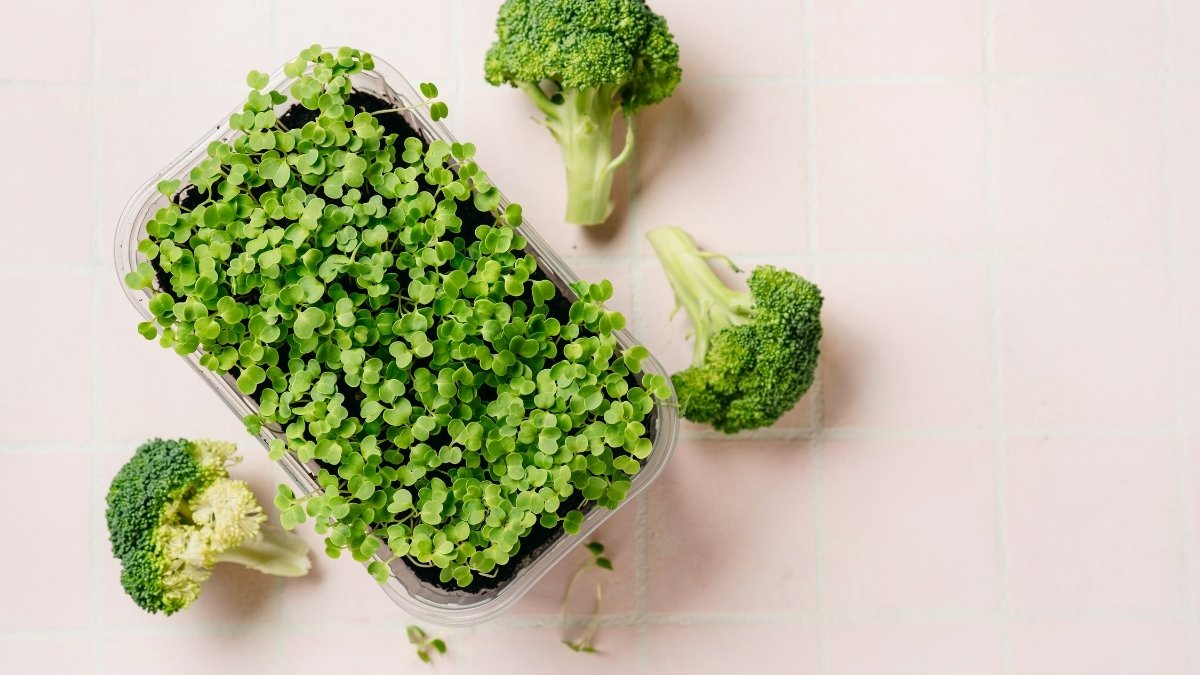
Broccoli sprouts pack 20-50 times more sulforaphane than regular broccoli. Just one ounce gives you a massive detox boost. Add them to salads, smoothies, or sandwiches. They taste mildly spicy, like radishes.
2. Kale
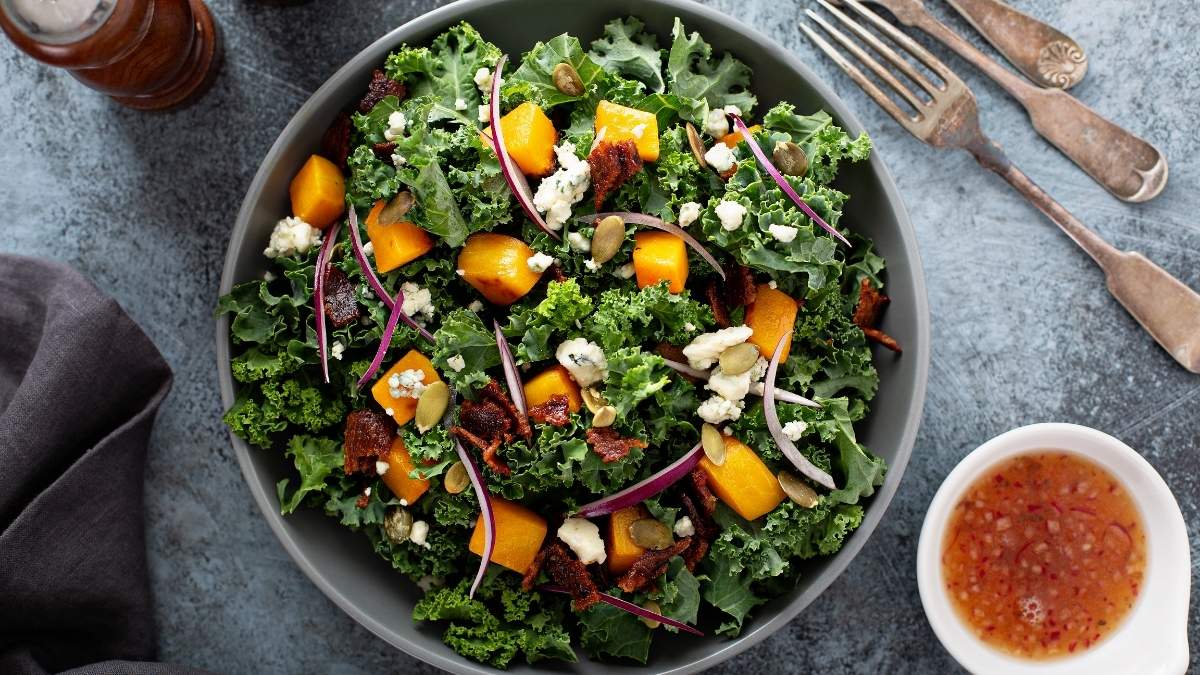
Kale contains high levels of glucosinolates plus vitamin C and antioxidants. Massage raw kale with lemon juice to break down tough fibers. This also releases more detox compounds. Eat 1-2 cups daily for best results.
3. Brussels Sprouts
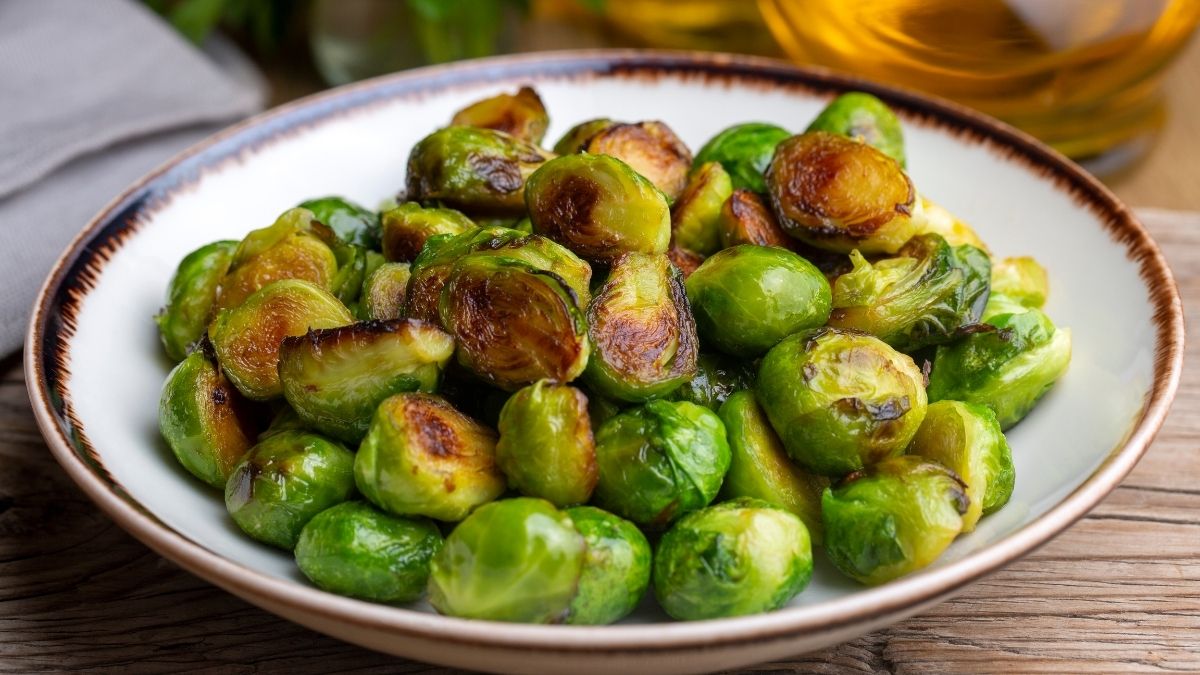
Brussels sprouts are sulforaphane powerhouses. Slice them thin and sauté quickly to preserve nutrients. Don’t overcook them or you’ll destroy the beneficial compounds. They should still have a slight crunch.
4. Cauliflower
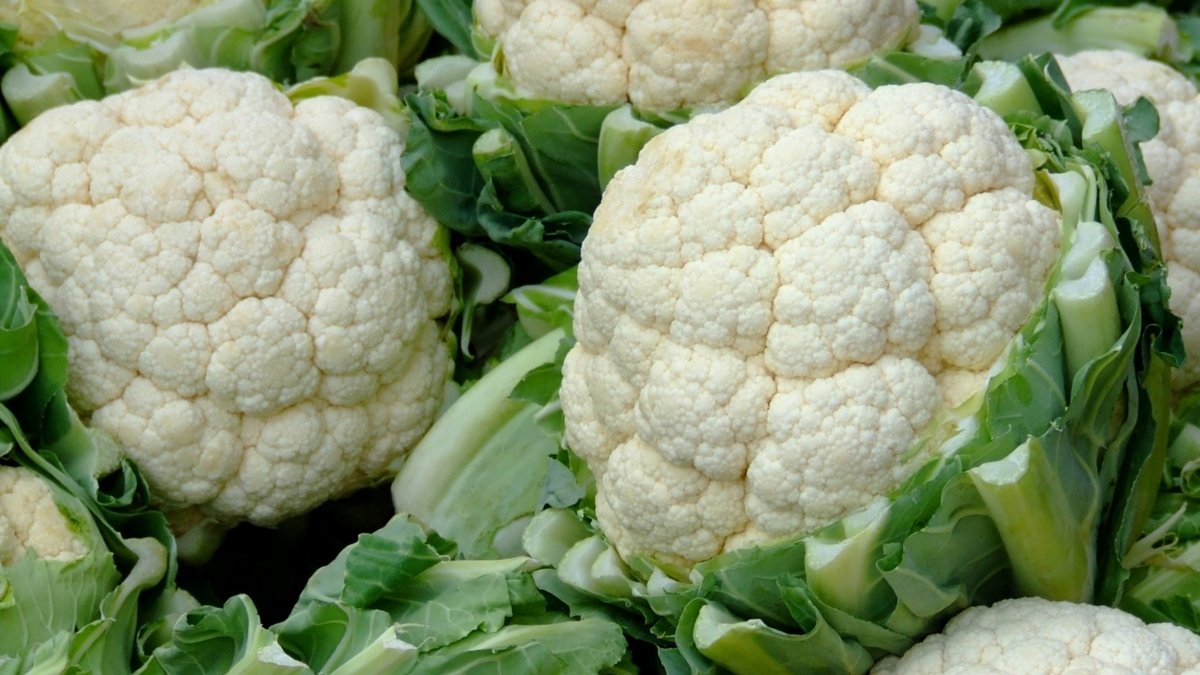
Cauliflower provides steady detox support without strong flavors. Rice it, roast it, or blend it into soups. It’s versatile enough to eat daily. One cup gives you significant glucosinolate content.
5. Cabbage
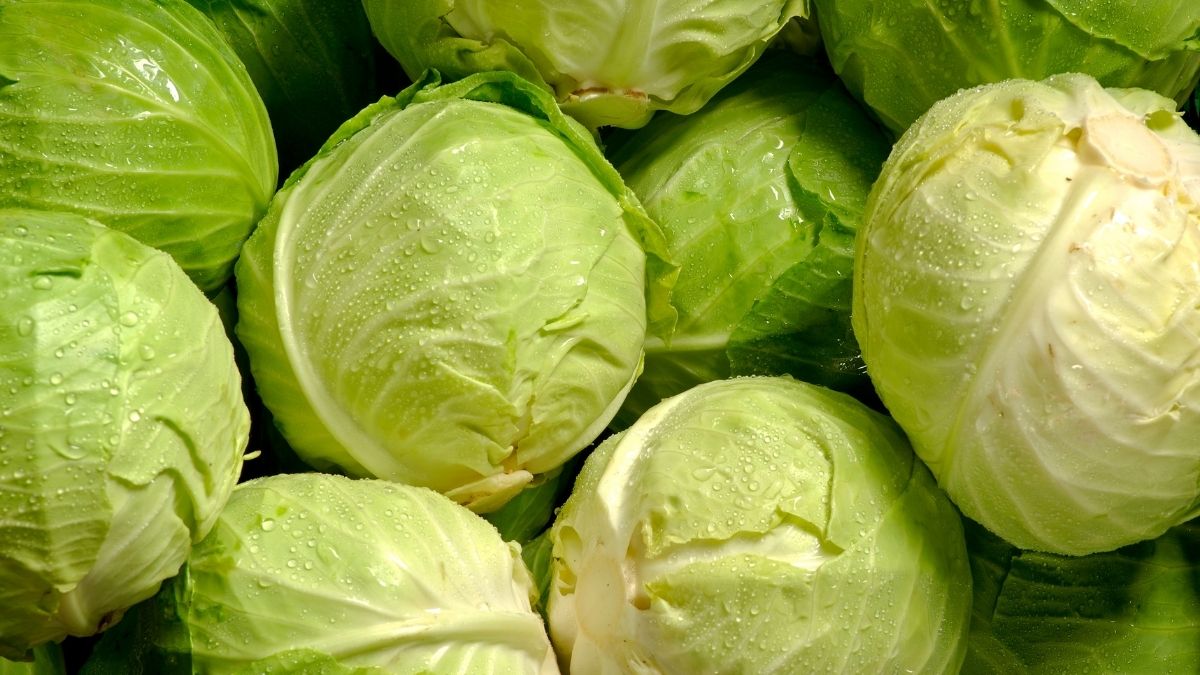
Red and green cabbage both offer liver support. Red cabbage has extra anthocyanins for antioxidant power. Fermented cabbage (sauerkraut) provides additional benefits from healthy bacteria. Eat both raw and cooked for maximum variety.
How to maximize benefits: Chop these vegetables and let them sit for 10 minutes before cooking. This activates more sulforaphane. Steam lightly or eat raw when possible. Aim for 2-3 servings daily from this group.
Research shows people who eat cruciferous vegetables daily have 50% better detox enzyme activity. Their livers process environmental toxins faster and more completely.
5 Antioxidant-Rich Fruits for Microplastic Defense
Antioxidants protect your liver cells from damage while they work to remove toxins. When your liver processes microplastics, it creates harmful free radicals. Antioxidant foods help neutralize these free radicals before they cause problems.
The best liver support fruits contain specific compounds that directly help detoxification. They also provide natural sugars that fuel your liver’s energy needs.
1. Blueberries
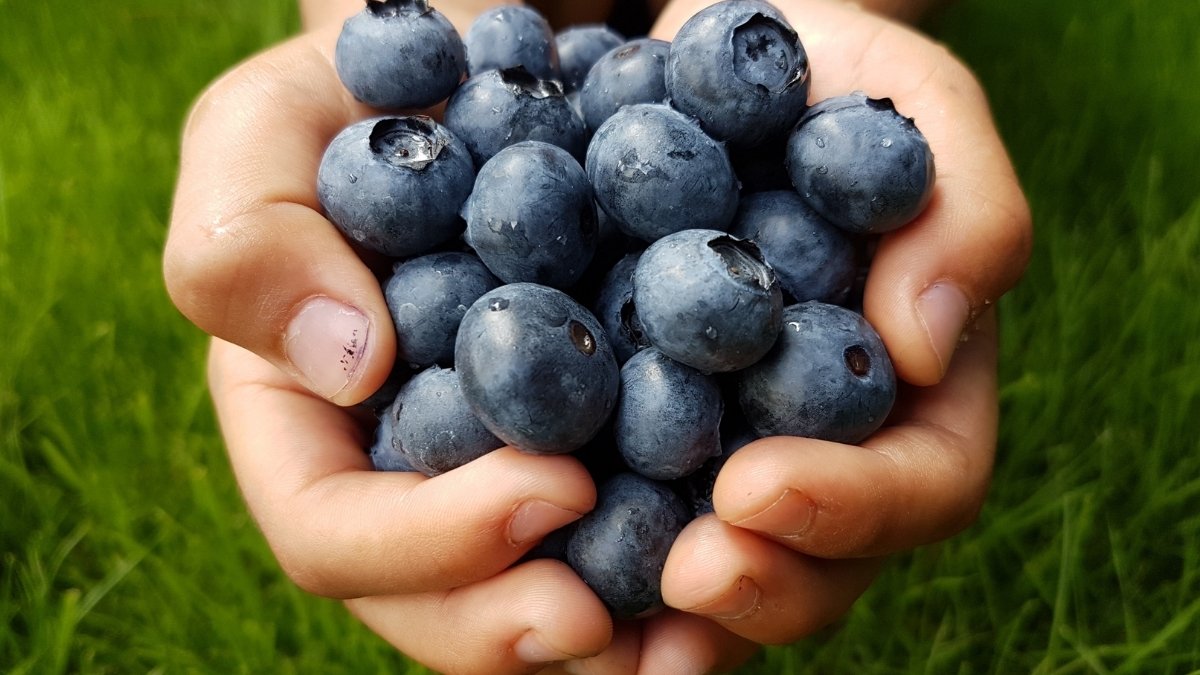
Blueberries contain anthocyanins that protect liver cells from oxidative stress. These compounds also boost glutathione production. Glutathione is your liver’s most important detox molecule. Eat 1/2 cup daily, fresh or frozen.
Wild blueberries have higher antioxidant levels than cultivated ones. Add them to smoothies, oatmeal, or eat them as snacks. Their natural sugars provide quick energy for liver detox processes.
2. Pomegranates
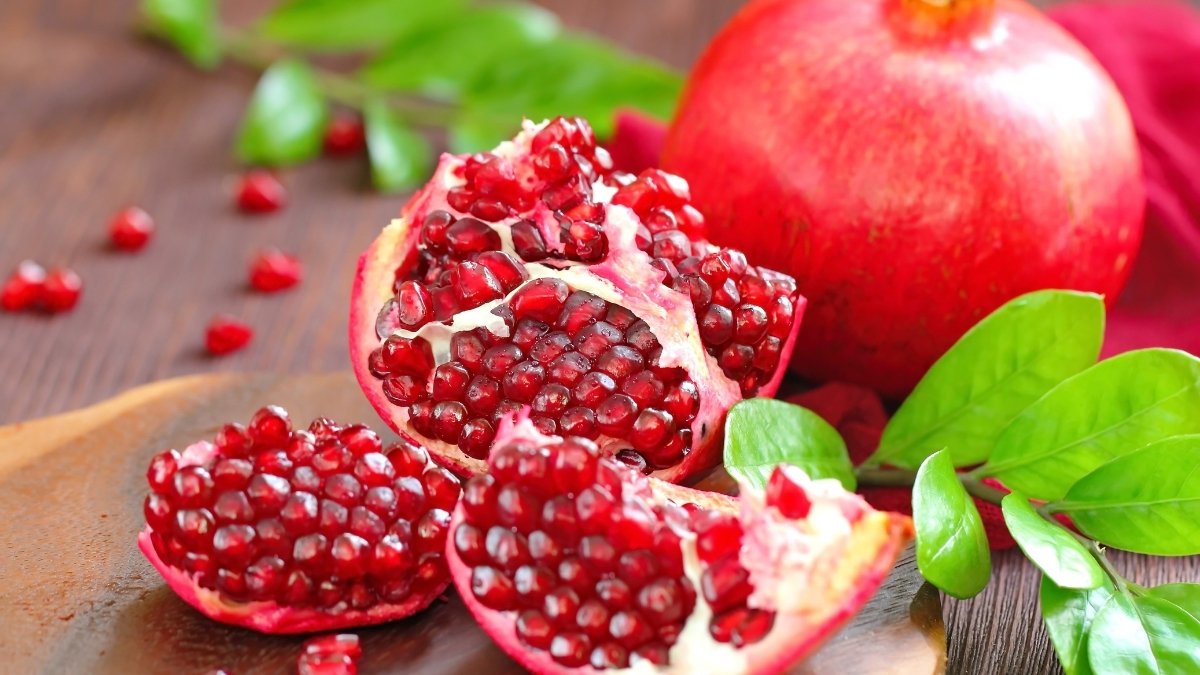
Pomegranates provide punicalagins, powerful antioxidants that specifically support liver health. These compounds help regenerate liver cells damaged by toxins. Drink fresh pomegranate juice or eat the seeds.
One whole pomegranate or 8 ounces of pure juice daily provides optimal benefits. Avoid sweetened pomegranate products. The natural fruit sugars are perfect for liver support.
3. Grapefruit
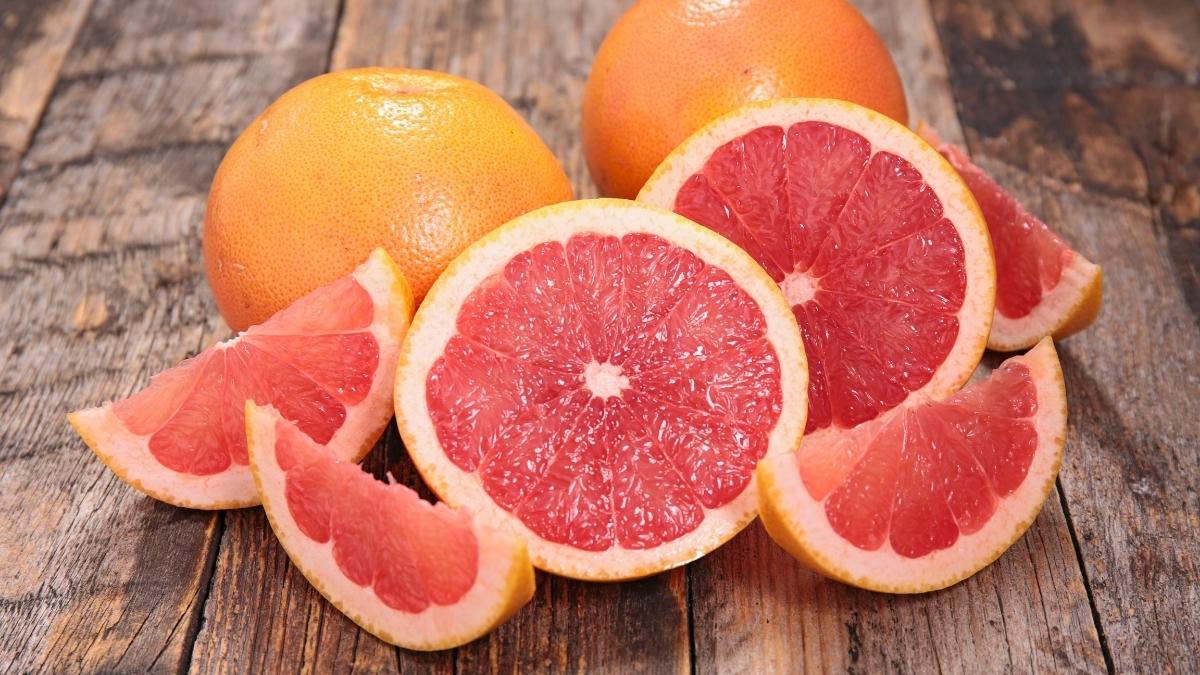
Grapefruit contains naringenin, a flavonoid that activates detox enzymes. It also provides vitamin C and helps your liver produce more glutathione. Pink and red varieties have higher antioxidant content than white.
Eat half a grapefruit daily, preferably in the morning. The natural acids help wake up your digestive system. If you take medications, check with your doctor first. Grapefruit can interact with some drugs.
4. Cranberries
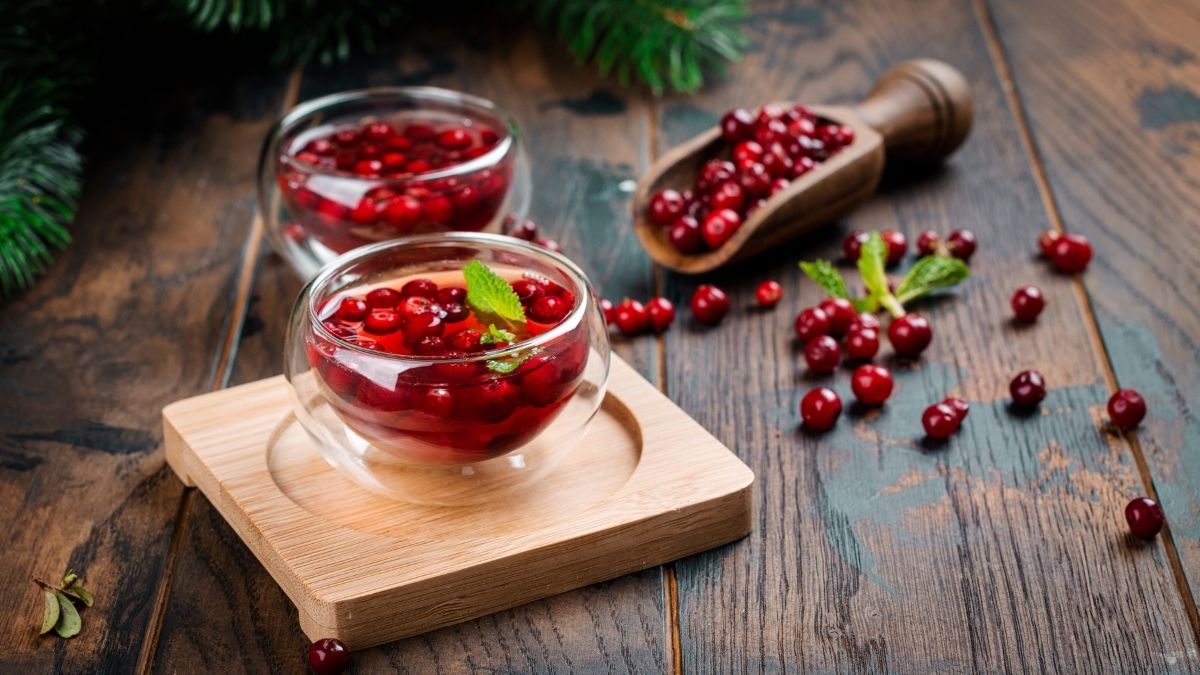
Cranberries offer proanthocyanidins that protect against liver inflammation. They also support kidney function, which helps remove toxins your liver has processed. Choose unsweetened cranberries or 100% cranberry juice.
Mix dried unsweetened cranberries with nuts for snacks. Add fresh cranberries to smoothies or muffins. A quarter cup daily provides significant antioxidant support.
5. Green Apples
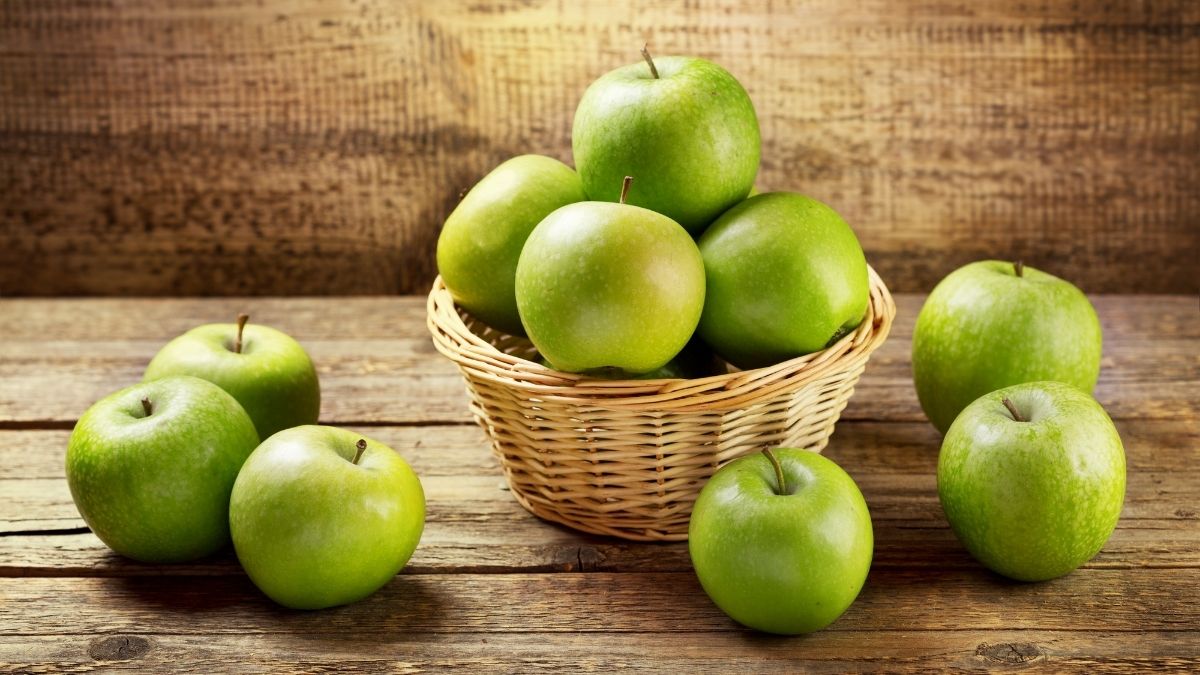
Green apples contain quercetin, an antioxidant that reduces liver inflammation. They also provide pectin, a fiber that helps remove toxins through your digestive system. The combination supports both liver health and toxin elimination.
Eat one green apple daily with the skin on. The skin contains the highest concentration of beneficial compounds. Organic apples are worth the extra cost to reduce microplastic fighting foods exposure.
Best timing: Eat these fruits earlier in the day when your liver is most active. Organic options reduce your exposure to pesticides while you’re trying to detox other toxins.
3 Powerful Herbs and Spices for Detox Support
Herbs and spices have been supporting liver health for thousands of years. Modern research confirms what traditional medicine always knew. These plants contain concentrated compounds that enhance liver detoxification.
1. Turmeric (Curcumin)
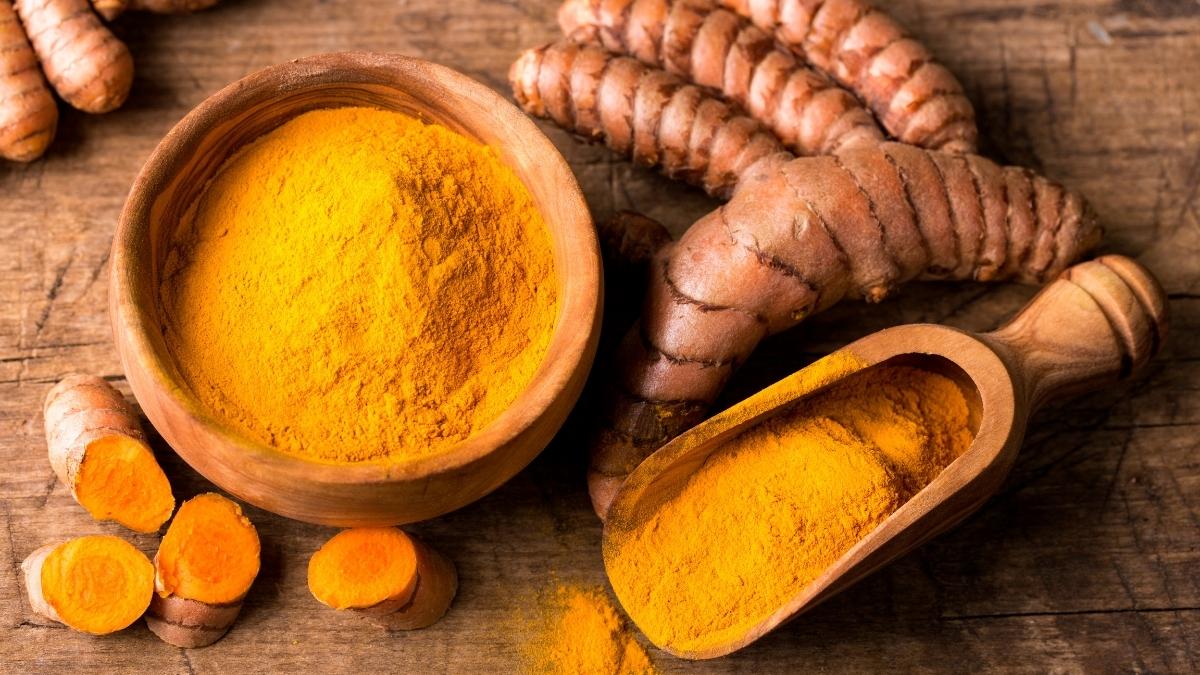
Turmeric contains curcumin, one of the most researched liver support compounds. Curcumin reduces liver inflammation and boosts detox enzyme production. It also helps regenerate liver cells damaged by toxins.
Use 1-2 teaspoons of turmeric powder daily. Always combine it with black pepper. Piperine in black pepper increases curcumin absorption by 2000%. Add both to smoothies, soups, or golden milk.
Fresh turmeric root works too. Grate it into stir-fries or juice it with other vegetables. The fresh form provides additional beneficial compounds not found in powder.
2. Milk Thistle
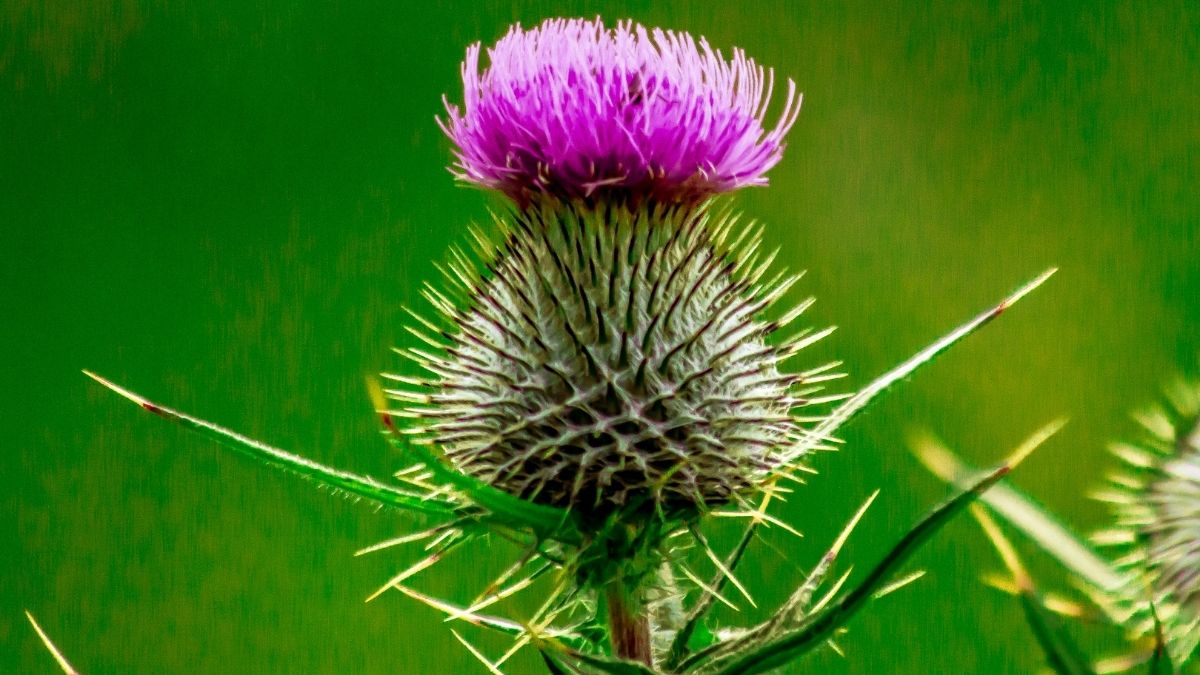
Milk thistle contains silymarin, a compound that specifically protects liver cells. Clinical studies show it helps repair liver damage and improves detox function. It’s one of the most proven liver support herbs.
Take milk thistle as a supplement rather than trying to eat the plant. Look for standardized extracts containing 70-80% silymarin. Follow package directions, typically 150-300mg twice daily.
Some people make milk thistle tea from the seeds. Crush 1 tablespoon of seeds and steep in hot water for 10 minutes. The tea is bitter but effective.
3. Cilantro

Cilantro binds to heavy metals and helps remove them from your body. It also contains compounds that support liver enzyme activity. The leaves and stems both provide benefits.
Eat cilantro fresh for maximum benefit. Add it to salsa, smoothies, or Asian dishes. One quarter cup daily provides significant detox support. Some people don’t like the taste, but it’s worth acquiring.
If you’re one of those people who thinks cilantro tastes like soap, start with small amounts. Your taste buds may adapt over time. The detox benefits make it worth the effort.
Safety note: These herbs are generally safe for healthy people. If you have liver disease or take medications, talk to your healthcare provider first. Milk thistle can interact with some drugs.
Preparation tips: Fresh herbs provide more active compounds than dried ones. Buy organic when possible to avoid adding more toxins while you’re trying to detox.
2 Essential Healthy Fats for Toxin Transport
Your liver needs healthy fats to process and eliminate toxins effectively. These fats help build cell membranes that protect liver cells. They also help transport fat-soluble toxins out of your body.
Omega-3 fatty acids are especially important. They reduce inflammation in the liver and support healthy cell membranes. Most Americans don’t get enough omega-3s, which makes detoxification harder.
1. Wild-Caught Salmon
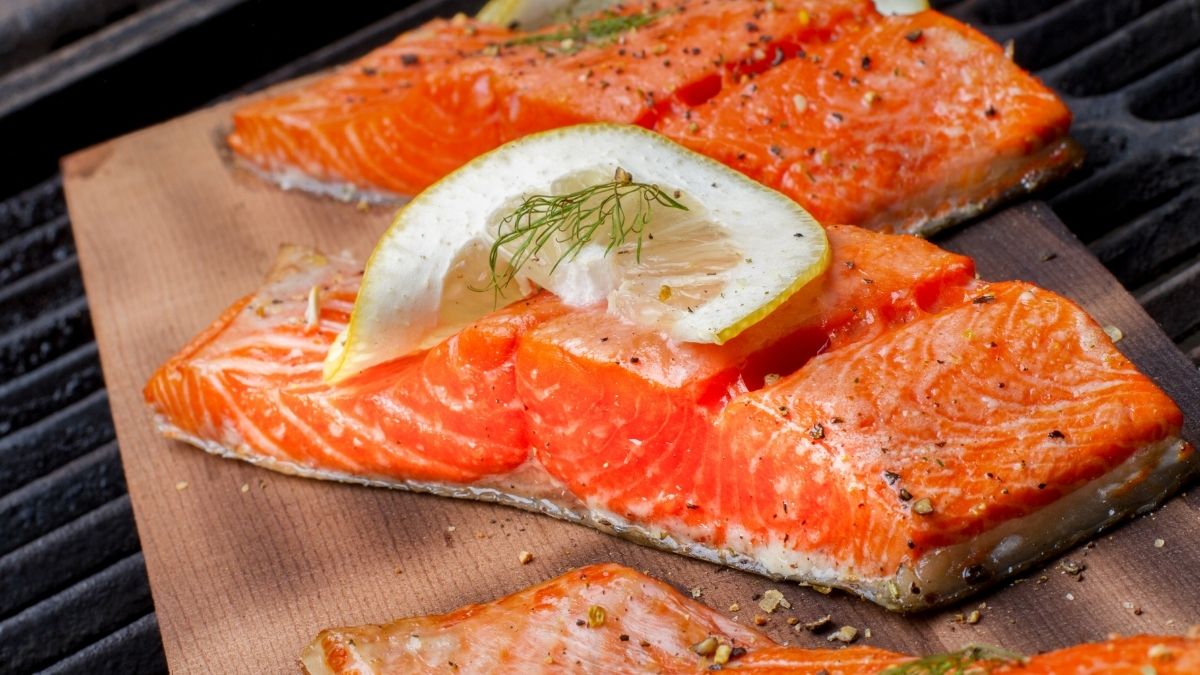
Wild-caught salmon provides high-quality omega-3s without the contamination found in farmed fish. These fats support liver cell health and reduce inflammation from toxin processing.
Eat salmon 2-3 times per week. Choose wild Alaska salmon, which has lower contamination levels. Canned wild salmon works too and costs less than fresh. Look for BPA-free cans.
Cook salmon gently to preserve omega-3s. Bake, steam, or poach rather than frying. High heat destroys beneficial fats and creates harmful compounds.
2. Avocados
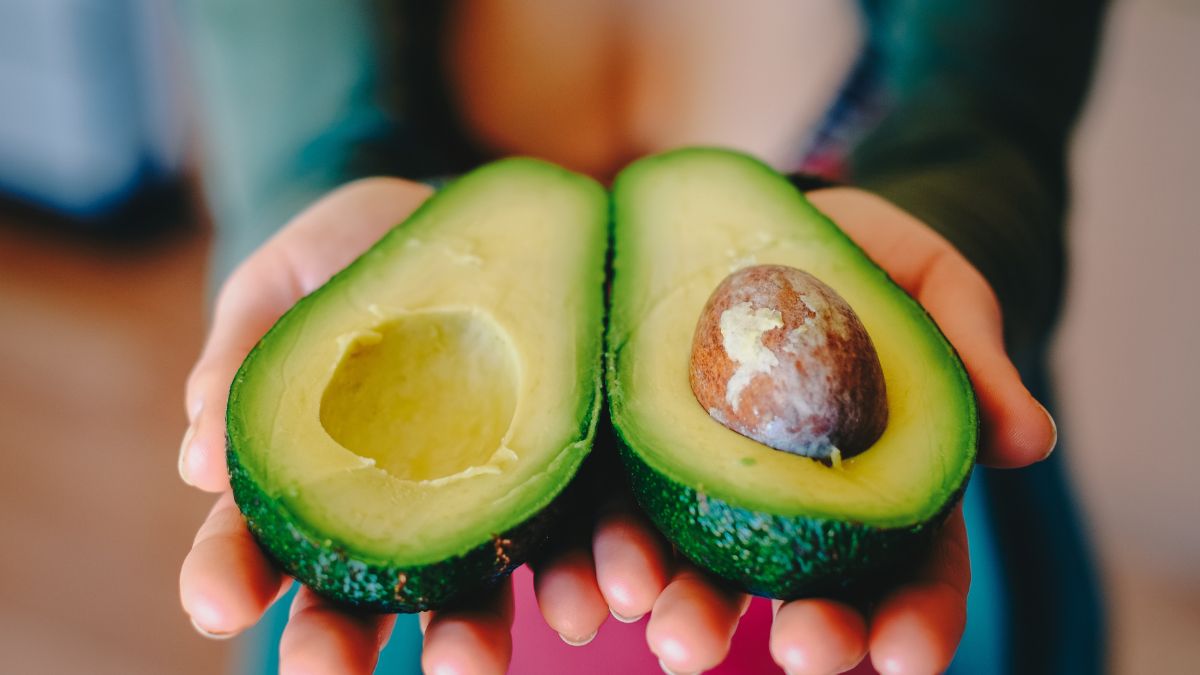
Avocados contain monounsaturated fats that support liver health. They also provide glutathione, your liver’s master antioxidant. The combination makes avocados perfect liver support foods.
Eat half an avocado daily. Add it to salads, smoothies, or eat it plain with lime and salt. The fats help you absorb fat-soluble vitamins from other foods you eat.
Choose ripe avocados that yield slightly to pressure. Unripe avocados are harder to digest. If you buy them firm, let them ripen at room temperature for 2-3 days.
Why these fats matter: Research shows people with adequate omega-3 intake have 40% better liver detox function. Their livers process environmental toxins more efficiently and with less cellular damage.
Balance is key: These healthy fats should replace inflammatory fats like vegetable oils and trans fats. Don’t just add them to an already high-fat diet. Use them to upgrade your existing fat intake.
Conclusion
Your liver faces a daily battle against microplastics and other environmental toxins. These 15 microplastic fighting foods give your liver the tools it needs to win.
Start simple. Pick three foods from this list and add them to your meals this week. Try broccoli sprouts on your salad, blueberries in your morning smoothie, and turmeric in your evening tea.
Remember, consistency beats perfection. Eating these foods regularly matters more than eating them perfectly. Your liver detox pathways get stronger with daily support, not occasional mega-doses.
Focus on organic options when possible to reduce your overall toxin load. But don’t let perfect be the enemy of good. Conventional versions of these foods still provide significant liver support.
Your energy levels, skin clarity, and overall health will improve as your liver gets stronger. Many people notice changes within 2-3 weeks of adding these foods consistently.
Start with adding 3 of these foods to your meals this week and notice how your energy and digestion improve. Your liver—and your entire body—will thank you for the support.






